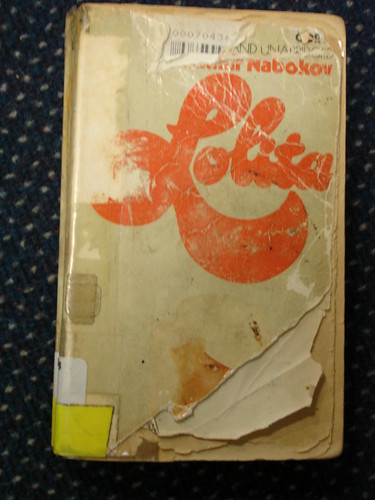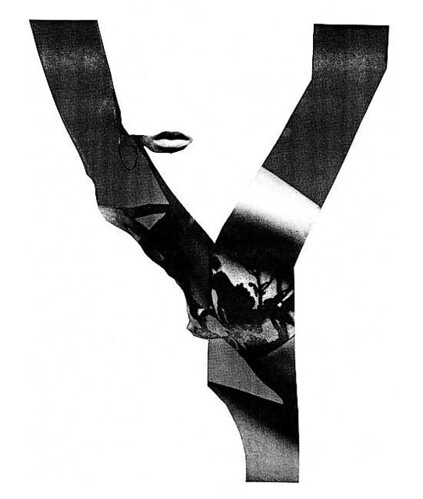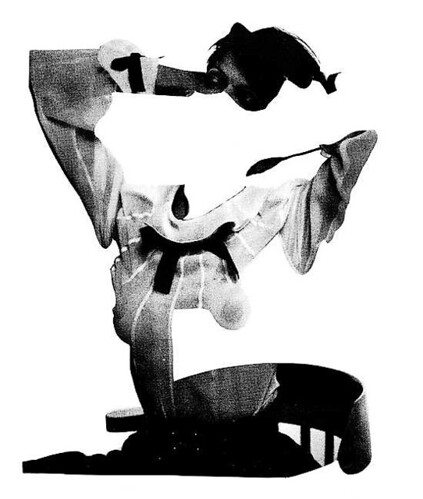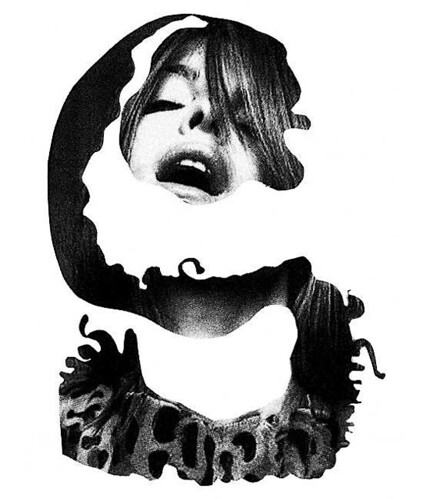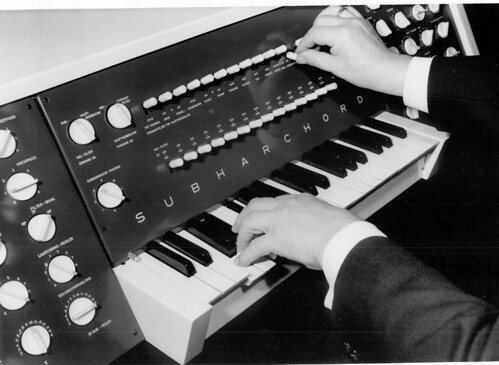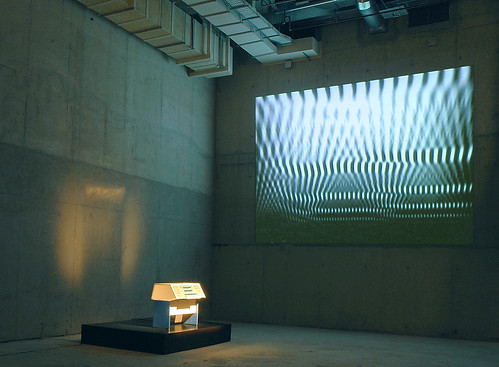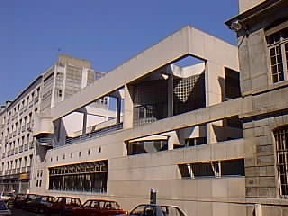Xenakis: Architect in Sound at the RFH.
A little note to self: a month to go.
Worth reading:
Designing Sounds and Spaces: Interdisciplinary Rules & Proportions in Generative Stochastic Music and Architecture
Check page 5 for the similarities between the glissandi pitches in Metastasis, and the architecture of the Philips Pavilion at the 1958 World fair.
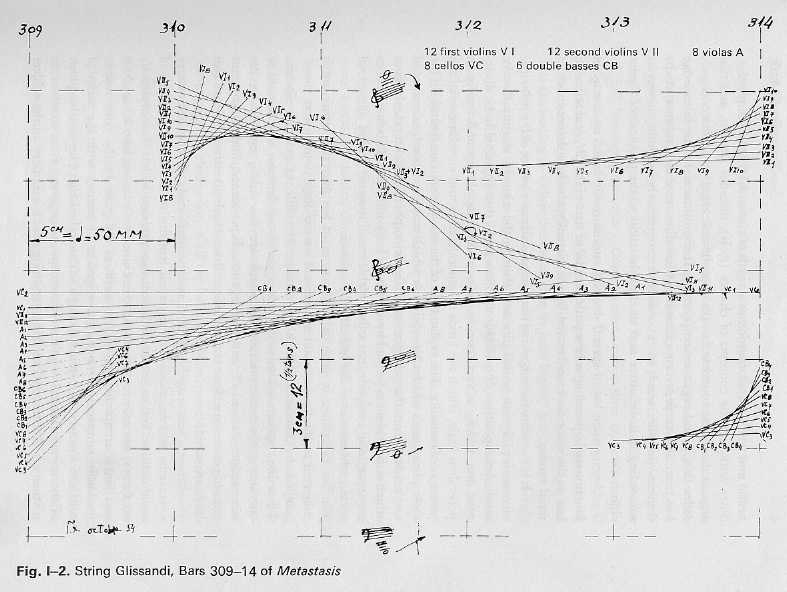

Le Corbusier gets most of the credit for the "Poeme Electronique" despite the fact that Xenakis was at the designing helm. (He shouted louder).
Xenakis' hyperbolic parabaloids clashed with Le Corbusier's conventionally-poured concrete ways (they required steel). So they made thin concrete ribs which held up steel cables which held up concrete panes. Still mathematically generated, still sufficiently expressionistic and sound-proof. Still concrete.
Inside, an 8 minute film was shown: Le Corbusier's montaged vision of "humanity". It was sectioned into seven sequences: "Genesis," "Matter and Spirit," "From Darkness to Dawn," "Manmade Gods," "How Time Molds Civilization," "Harmony," and "To All Mankind." (Charlie Chaplin, a mushroom cloud and Corbusier's buildings all got a flicker).
Meanwhile, Edgard Varese composed "Poeme Electronique" at the request of Le Corbusier. It was recorded entirely on three-track tape and moved across 450 speakers. It had bells, drums and voices. And some concrete.
Worth reading:
Designing Sounds and Spaces: Interdisciplinary Rules & Proportions in Generative Stochastic Music and Architecture
Check page 5 for the similarities between the glissandi pitches in Metastasis, and the architecture of the Philips Pavilion at the 1958 World fair.


Le Corbusier gets most of the credit for the "Poeme Electronique" despite the fact that Xenakis was at the designing helm. (He shouted louder).
Xenakis' hyperbolic parabaloids clashed with Le Corbusier's conventionally-poured concrete ways (they required steel). So they made thin concrete ribs which held up steel cables which held up concrete panes. Still mathematically generated, still sufficiently expressionistic and sound-proof. Still concrete.
Inside, an 8 minute film was shown: Le Corbusier's montaged vision of "humanity". It was sectioned into seven sequences: "Genesis," "Matter and Spirit," "From Darkness to Dawn," "Manmade Gods," "How Time Molds Civilization," "Harmony," and "To All Mankind." (Charlie Chaplin, a mushroom cloud and Corbusier's buildings all got a flicker).
Meanwhile, Edgard Varese composed "Poeme Electronique" at the request of Le Corbusier. It was recorded entirely on three-track tape and moved across 450 speakers. It had bells, drums and voices. And some concrete.
